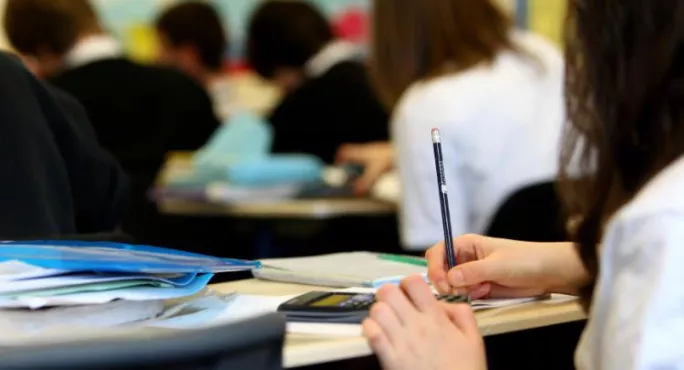Class sizes are rising in the majority of secondary schools in England as a result of the government’s underfunding of education, according to unions.
Research by the School Cuts coalition of education unions shows 62 per cent of secondary schools in England have increased the size of their classes in the last two years.
The coalition says there is a particular problem in secondary schools because of a £500 million-a-year funding shortfall for 11- to 16-year-olds between 2015-16 and 2019-20, on top of “deep cuts” of more than 17 per cent per sixth form pupil since 2010.
The data collated by the unions shows that the average secondary school class in 2016-17 had 21 pupils - up from 20 pupils in 2014-15. But in the worst-affected area - York - classes have gained an extra three pupils, on average.
And pupil:teacher ratios have increased in many parts of the country, according to the data, which shows more than two-thirds of schools in each local authority area have seen staff cuts over the past two years.
Coalition against cuts
The Institute for Fiscal Studies has said that the government’s funding plans will freeze per-pupil spending between 2017 and 2019, but cut it by 4.6 per cent in real-terms between 2015 and 2019.
The School Cuts coalition consists of the NEU teaching union, NAHT headteachers’ union, Association of School and College Leaders (ASCL), Unison, the GMB and Unite. They have based their research on pupil census data published by the Department for Education.
Geoff Barton, general secretary of ASCL, said: “We have repeatedly warned that schools have had to increase class sizes because of funding pressures and here is yet more evidence that this is the case. It is the last thing they want to do but they have no other choice because they have to reduce staffing numbers and that inevitably affects the teacher-to-pupil ratio.
“Larger classes mean less individual support for students, and put more pressure on teachers at a time when we desperately need to reduce workload.”
Paul Whiteman, NAHT general secretary, said: “The government’s own figures show that an extra 654,000 school places will be needed in England by 2026, to meet the 9 per cent rise in pupil population. 91 per cent of schools face real-terms budget cuts compared to 2015-16 at a time when costs are rising and pupil numbers are growing.
“Not only that but the cuts to front-line classroom posts combined with a rise in pupil-to-classroom teacher ratios, mean bigger classes and less individual attention for children.”
‘Starving’ schools
Kevin Courtney, joint general secretary of the NEU, said: “Time and again we are hearing about the consequences of the government’s inadequate funding of our schools and 6th form colleges. Larger class sizes means less individual attention for children.
“Our children and young people deserve an education that is properly funded and resourced. For many, it is their only chance of an education and it cannot be ruined by ministers who believe starving schools of cash is either acceptable or workable.”
But a DfE spokesperson called the union’s figures “fundamentally misleading”. They said: “We are investing an additional £1.3bn in schools funding over and above previous plans, so that spending on schools will rise from just under £41bn now to £43.5bn in 2019-20.
“As the independent IFS has said, overall funding per pupil across the country will now be maintained in real terms up to 2020. We have also protected the base rate of funding for all 16-19 year old students until 2020.
“We have invested £5.8bn in school buildings, creating 735,000 places since 2010 and despite rising pupil numbers, the average class size has seen little change. In fact, less than 1 per cent of primary school pupils are taught in classes of 36 or more, a smaller percentage than in 2010.”
Want to keep up with the latest education news and opinion? Follow Tes on Twitter and like Tes on Facebook




